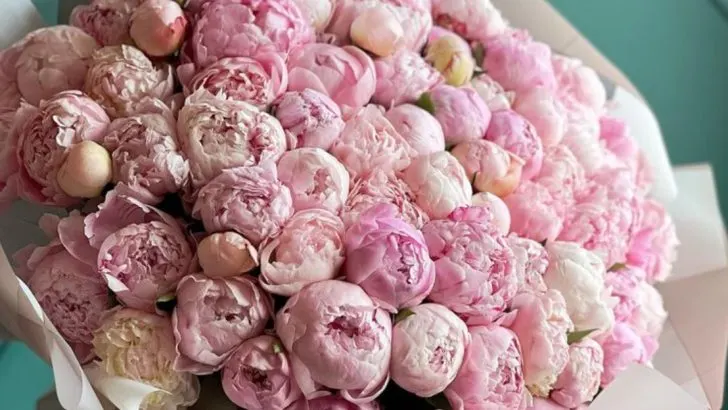You’ve seen flowers in gardens, parks, balconies — but what about in zero gravity? Believe it or not, several flowers have actually left Earth and bloomed aboard spacecraft, space stations, and orbital labs. From delicate zinnias floating in the ISS to mustard blooms on lunar simulators, these plants are part of a blooming chapter in space exploration.
Some were grown to test life support systems, others just to see if beauty can survive the harshest environments imaginable. The results? Surprising, inspiring, and sometimes downright weird.
If you thought flowers only belonged in vases, wait until you meet these 17 that have literally reached for the stars.
Arabidopsis Thaliana
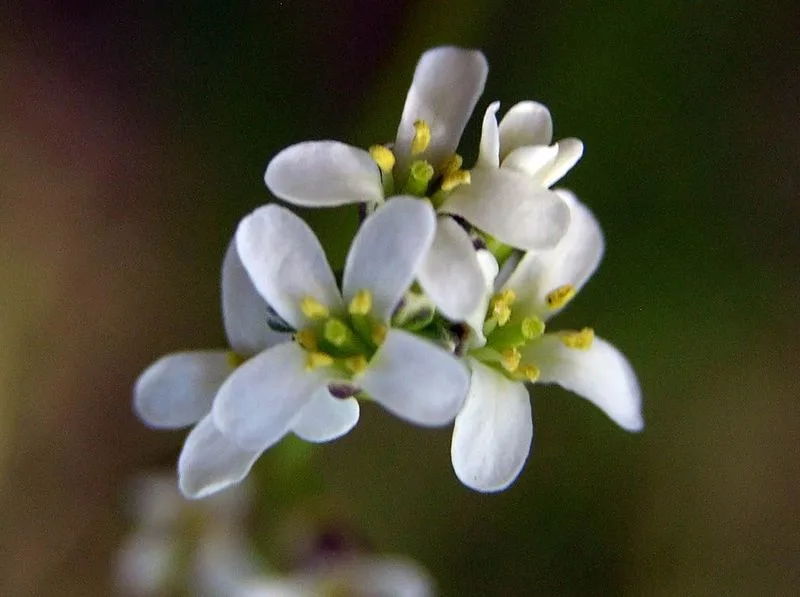
Arabidopsis thaliana, a humble plant with a grand role in space exploration, was among the first to journey beyond Earth. This small flowering plant’s genetic simplicity makes it a coveted model for scientific study. Researchers have used it to explore how microgravity affects growth and development. In space, Arabidopsis revealed insights into gravitational biology, opening doors to understanding plant behavior in zero-gravity conditions. Its resilience and adaptability have made it an astronaut’s botanical companion, furthering our quest to unravel life’s mysteries in space.
Zinnias
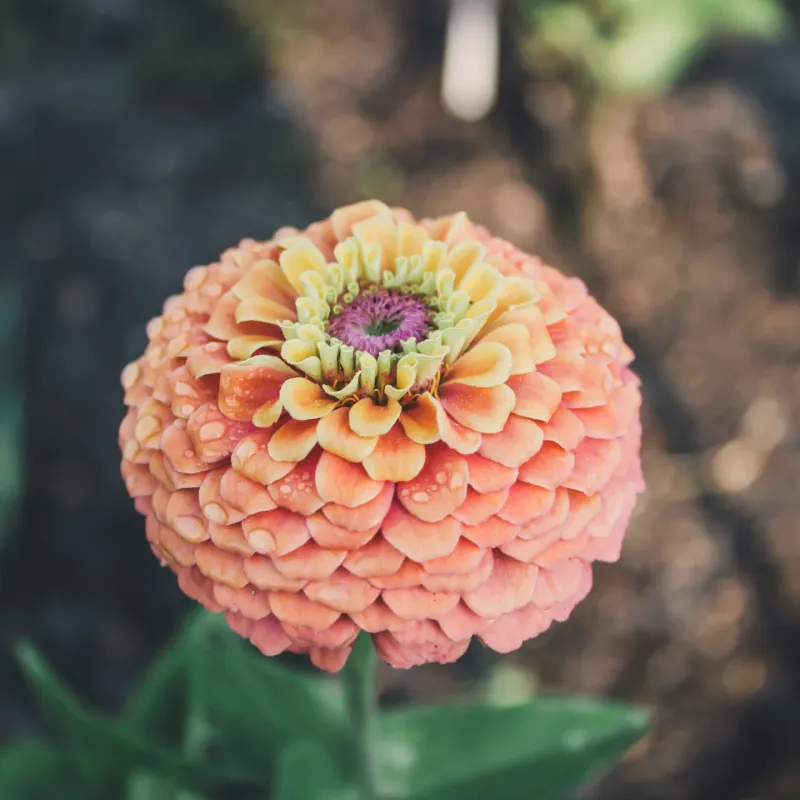
Zinnias, with their vibrant colors, were part of a NASA experiment on the International Space Station. These cheerful flowers added a burst of color to the sterile environment of space, uplifting the spirits of astronauts. Their growth helped scientists study plant flowering in microgravity, crucial for future long-term space missions. Zinnias’ successful bloom in space demonstrated the potential for growing food crops beyond Earth, a vital step in sustaining human life during extended space exploration.
Marigolds

Bright and resilient, marigolds were included in experiments to study the effects of space travel on plant life. Known for their hardy nature, marigolds are more than just ornamental. Their journey into space provided insights into how plants can endure and adapt to extraterrestrial environments. The data gathered from marigolds help pave the way for enhancing agricultural techniques for future space missions, ensuring astronauts have access to fresh produce even when far from Earth.
Sunflowers
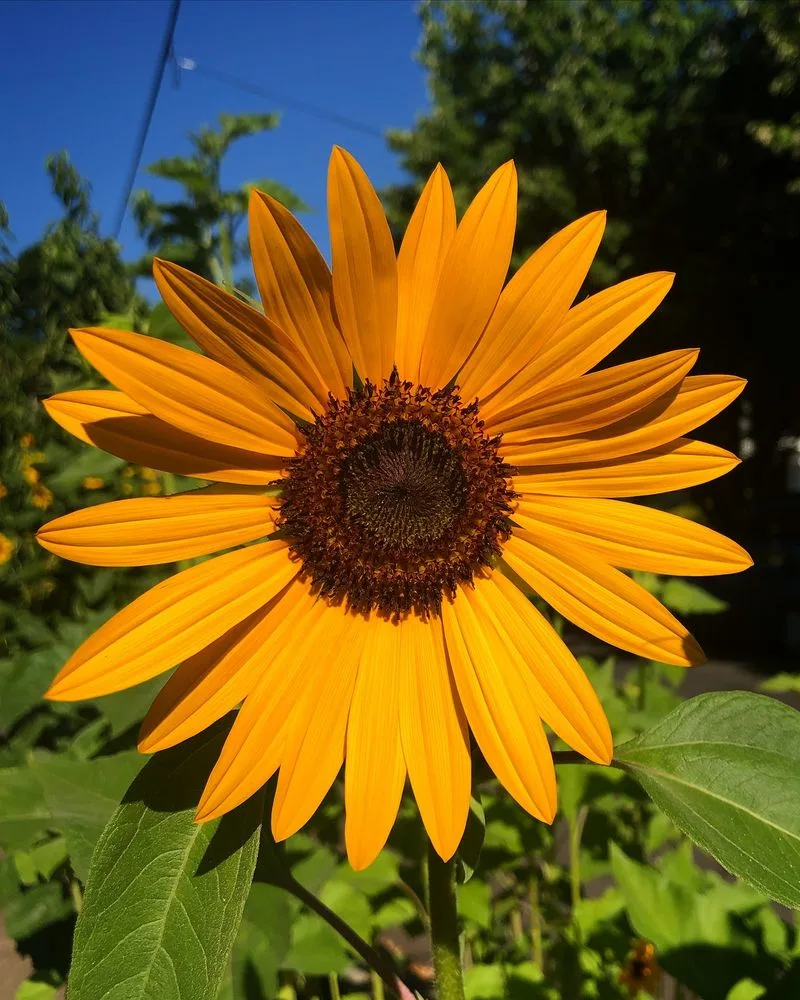
Sunflowers, with their towering stems and bright blooms, have graced space with their presence. These majestic flowers were part of studies to understand phototropism and growth patterns in microgravity. By observing sunflowers in space, scientists gained valuable knowledge about how plants use light to orient themselves and how they might be cultivated on other planets. Sunflowers’ journey to space highlighted the importance of understanding plant responses to non-terrestrial environments for future colonization.
Daisies
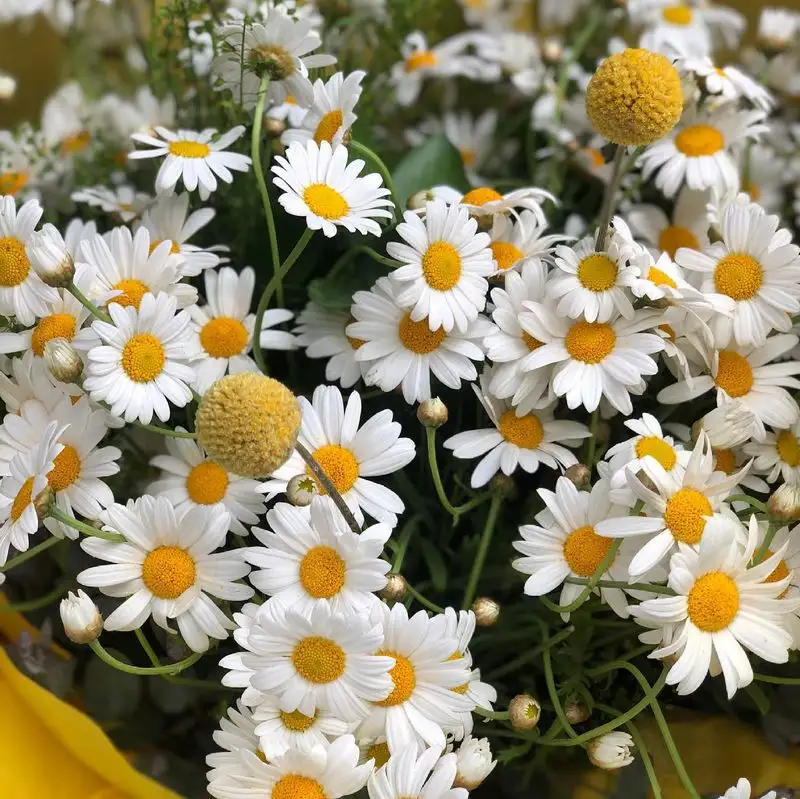
Daisies, often symbols of purity and innocence, took on an unusual role aboard the International Space Station. These charming flowers were part of experiments focusing on plant responses to microgravity and radiation. Observing daisies in space provided insights into the challenges and solutions for growing plants in such conditions. Their presence in space reinforced the potential for floriculture beyond Earth, offering glimpses into future horticultural practices on other planets.
Tulips
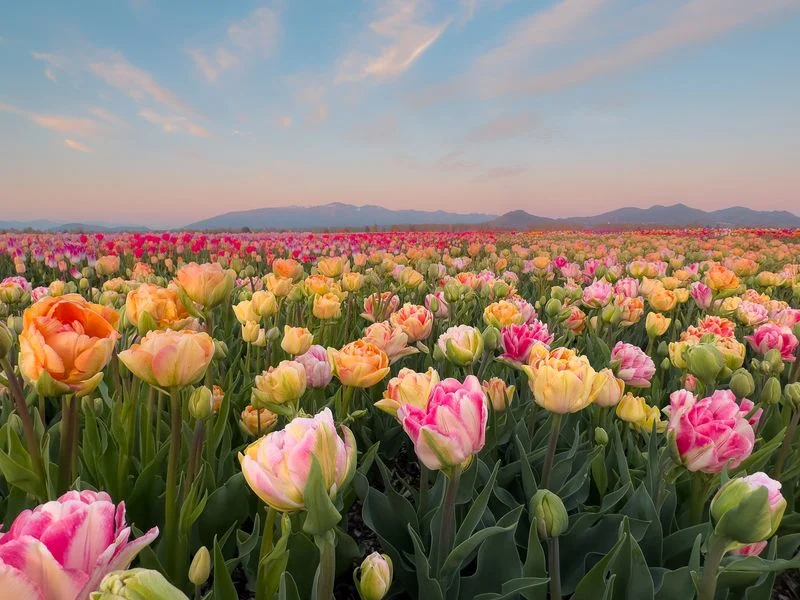
Tulips, cherished for their elegant blooms, found themselves in space as part of botanical studies. Their participation helped scientists understand how flowering plants reproduce and grow in microgravity. Tulips’ ability to adapt to the unique conditions of space furthered research into plant biology, contributing to the knowledge essential for sustaining life during long-term space missions. This experiment highlighted the possibility of bringing horticultural beauty to extraterrestrial settlements.
Petunias
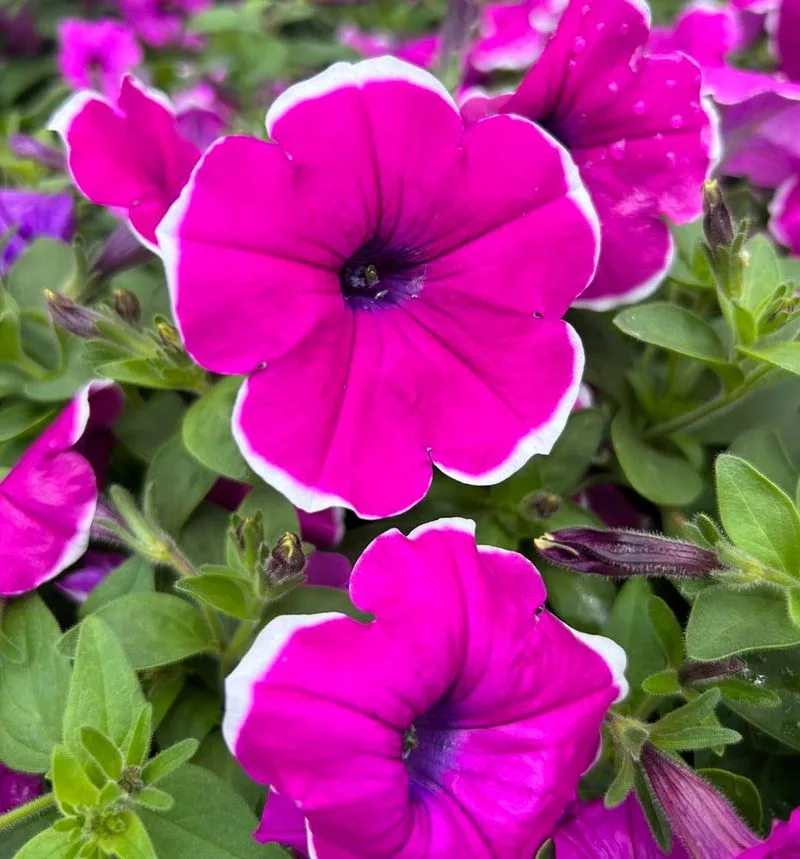
Petunias are not just garden favorites; they also played a significant role in space research. Their journey to the cosmos was part of a study to analyze genetic changes in response to microgravity. These flowers showcased how plants might evolve in space, providing crucial data for bioengineering crops suitable for long-term space habitation. Petunias’ space adventure contributed to understanding plant resilience and adaptability, enhancing the prospects of spaceflights that extend far beyond Earth.
Bluebells
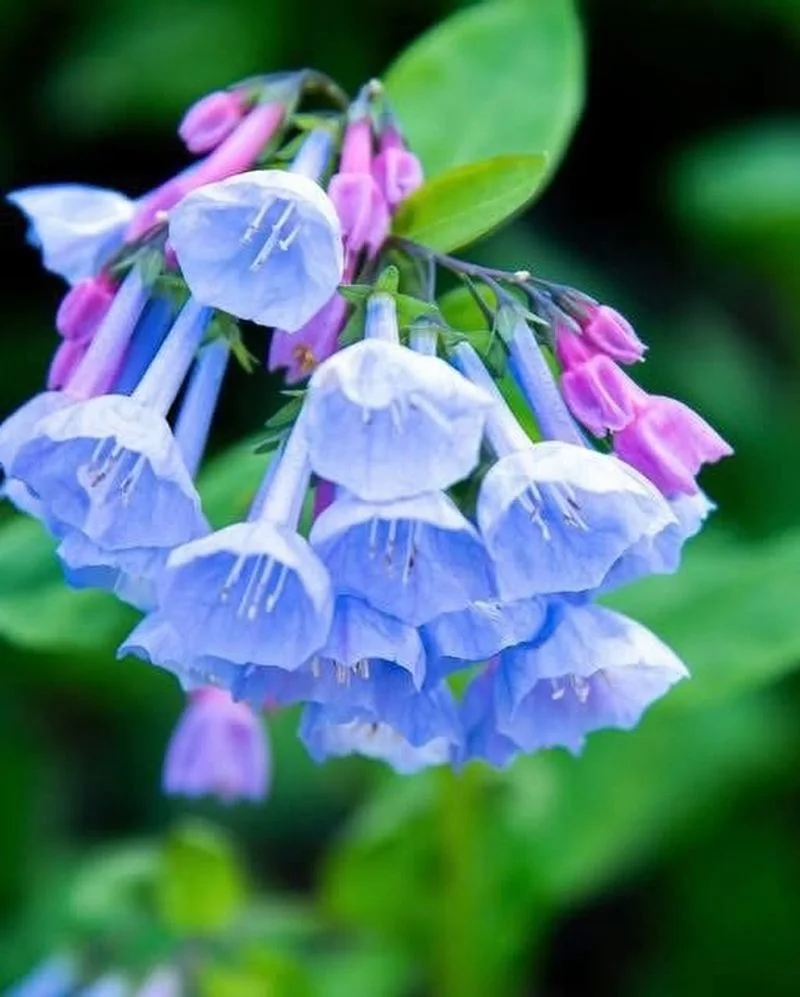
The delicate bluebells ventured into space as a part of an experiment to understand plant stress responses. Their gentle blooms offered scientists a glimpse into how plants perceive and react to the stressors of space travel. Bluebells’ journey provided valuable data on enhancing plant resilience, crucial for cultivating crops in challenging environments. Their presence in space was a testament to the adaptability of life, even in the most unexpected of places.
Chrysanthemums
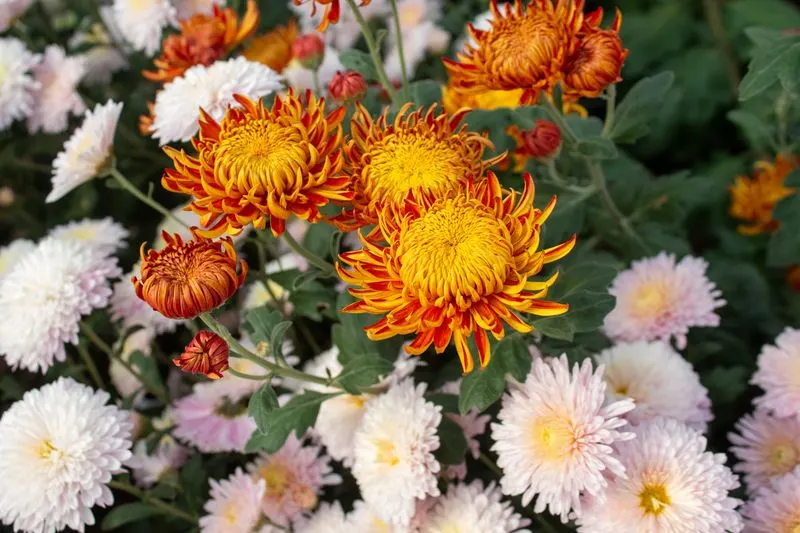
Chrysanthemums are not only stunning garden flowers; they also contributed to space biology. Their participation in space missions helped researchers study the effects of cosmic radiation on plant DNA. Chrysanthemums’ exposure to space conditions allowed scientists to explore ways to protect plants from radiation, an essential consideration for future space agriculture. Their resilience in space highlighted the potential for growing nutritious food in extraterrestrial environments.
Lavender
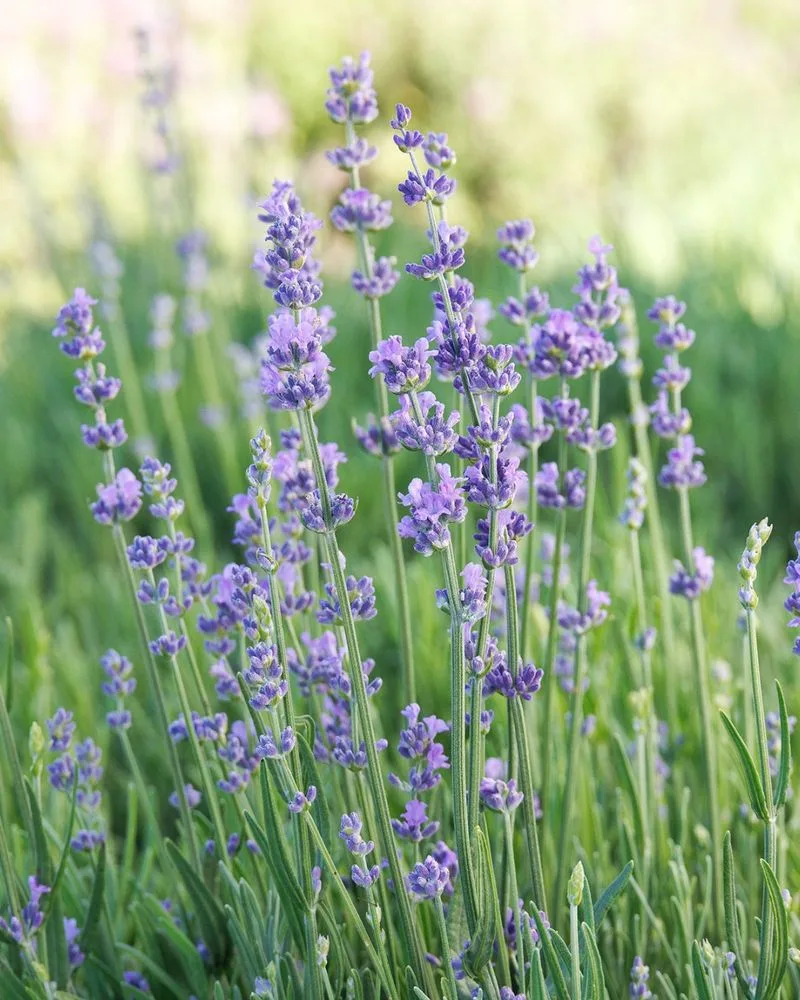
Lavender, known for its calming fragrance, embarked on a space journey to study essential oil production in microgravity. Scientists aimed to understand how plants produce aromatic compounds in space conditions. Lavender’s space experiment provided insights into the potential for cultivating aromatic and medicinal plants on long-duration space missions. This endeavor underscored the role of botanical life in contributing to both the physical and mental well-being of astronauts.
Peonies
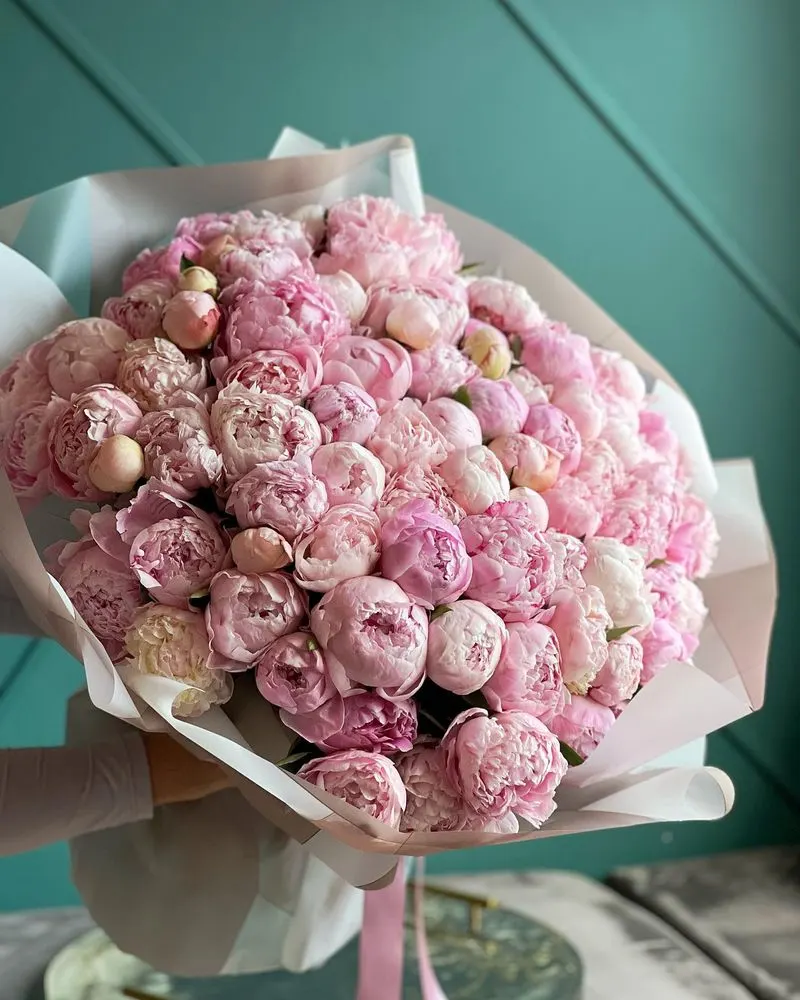
Peonies, with their lush, full blooms, were part of botanical experiments focusing on plant growth and reproduction in microgravity. These flowers helped scientists understand how the absence of gravity affects plant physiology. Peonies’ successful growth in space hinted at the possibilities of cultivating flowering plants on other planets, making space environments more hospitable for human life. Their journey provided inspiration for integrating floral beauty into the realm of space exploration.
Orchids
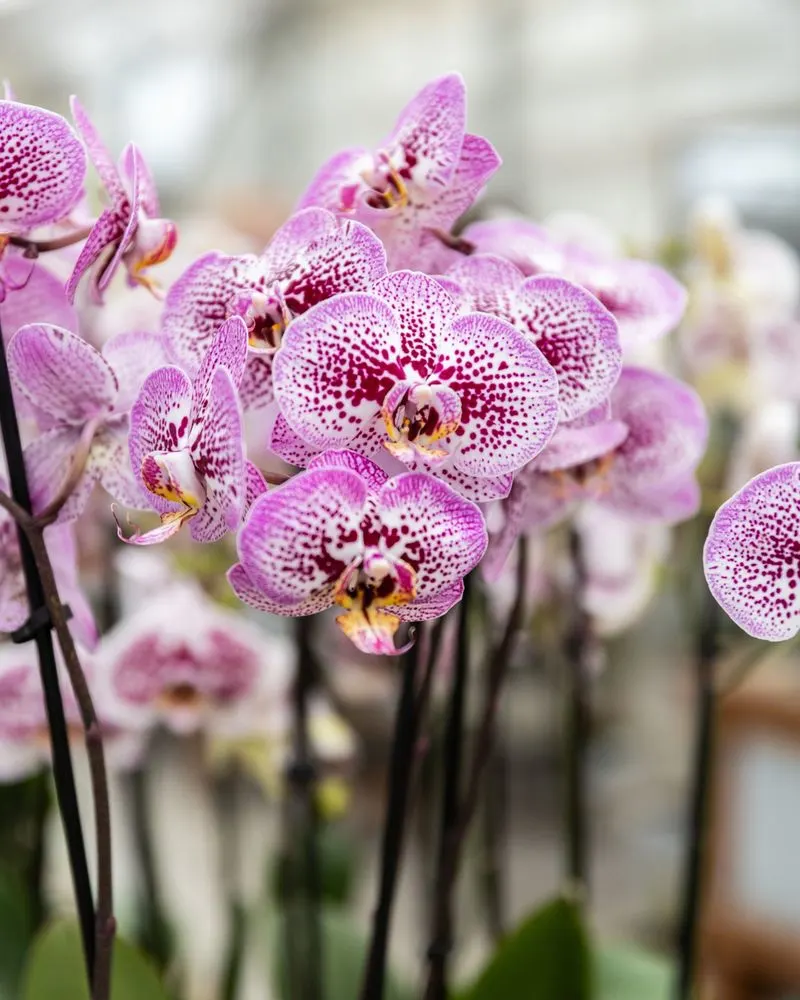
Orchids, celebrated for their exotic beauty, added a touch of elegance to space research. As part of experiments on plant adaptation to microgravity, these flowers revealed insights into the structural changes plants undergo in space. Orchids’ resilience and adaptability highlighted the potential for cultivating complex flowering plants beyond Earth. Their presence in space enriched our understanding of plant biology, paving the way for future botanical experiments in extraterrestrial landscapes.
Carnations
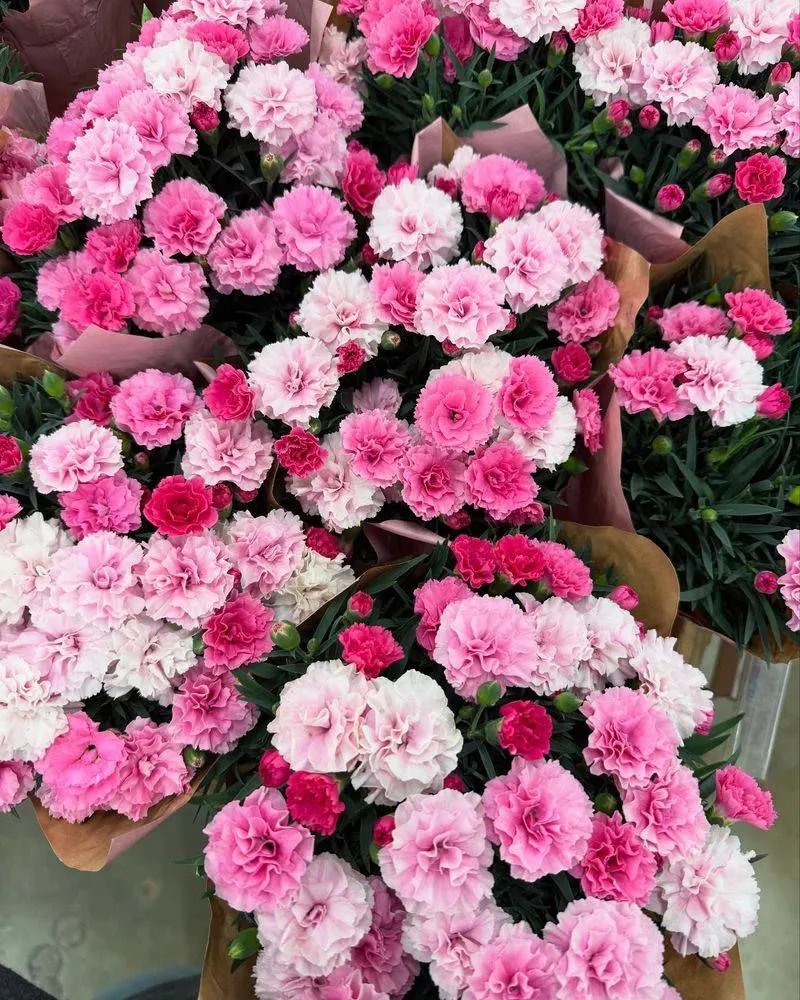
Carnations, with their charming and versatile blooms, ventured into space to contribute to our understanding of plant growth in microgravity. These flowers offered a unique perspective on how different species adapt to space conditions. Observing carnations in space allowed scientists to explore the genetic and physiological changes necessary for thriving in extraterrestrial environments. Their journey enriched our knowledge of space agriculture, essential for sustaining human life on prolonged missions.
Roses

Roses, symbols of love and beauty, were chosen for space missions to study how microgravity affects plant structure and fragrance. Their captivating blooms provided valuable data on how space conditions influence floral development and scent production. Roses’ space adventure offered insights into maintaining the aesthetic and aromatic qualities of flowers in extraterrestrial settings. Their presence in space symbolized the merging of art and science in the pursuit of interstellar horticulture.
Lilies

Lilies, known for their elegant and aromatic blooms, graced space with their presence as part of studies on plant growth in microgravity. These flowers helped scientists explore how space conditions affect flowering and scent production. Lilies’ journey to space provided insights into cultivating fragrant plants on other planets, contributing to the well-being of astronauts on long-duration missions. Their resilience in space highlighted the potential for integrating aromatic beauty into extraterrestrial habitats.
Begonias
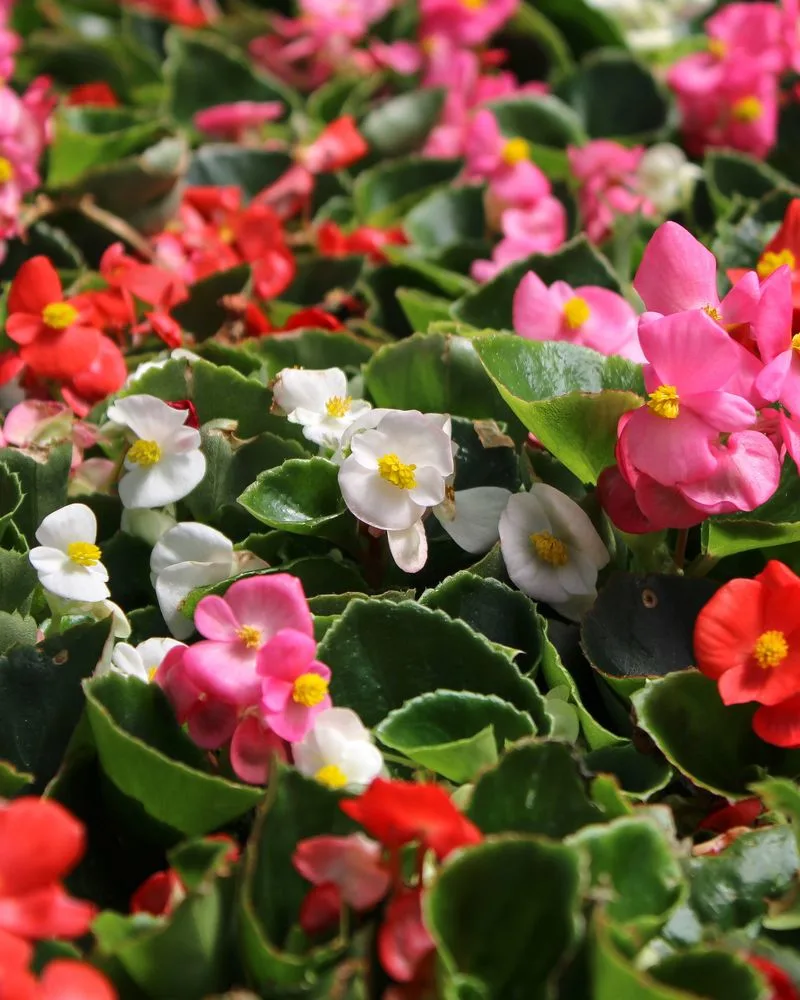
Begonias, with their vibrant and colorful blooms, were part of experiments to understand plant responses to microgravity. These flowers offered insights into how different plant species adapt to space conditions, contributing to research on space agriculture. Begonias’ presence in space demonstrated the potential for cultivating diverse flowering plants beyond Earth, enhancing the visual and emotional environment for astronauts on prolonged missions. Their journey symbolized the intersection of beauty and science in space exploration.
Snapdragons
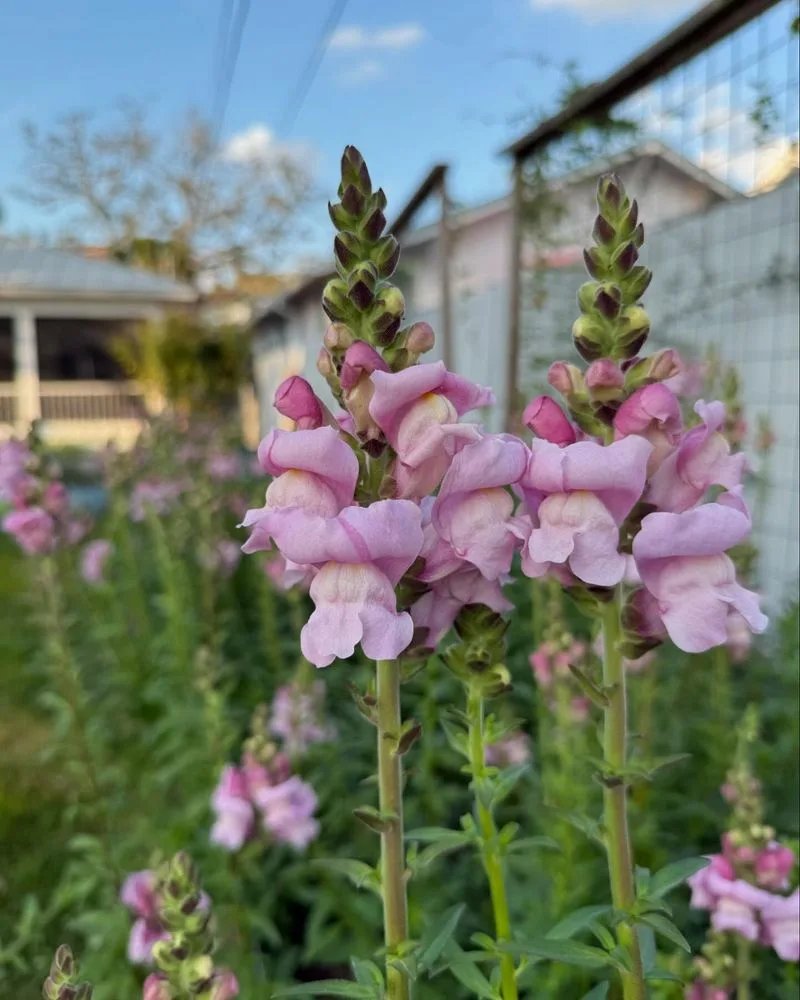
Snapdragons, known for their unique and playful blooms, joined the ranks of flowers exploring space. As part of botanical studies, these flowers helped researchers understand the genetic and environmental factors influencing plant growth in microgravity. Snapdragons’ journey provided valuable data on how plants can be engineered to thrive in space, supporting the future of botanical life beyond Earth. Their presence in space added a touch of whimsy to the serious pursuit of scientific discovery.

